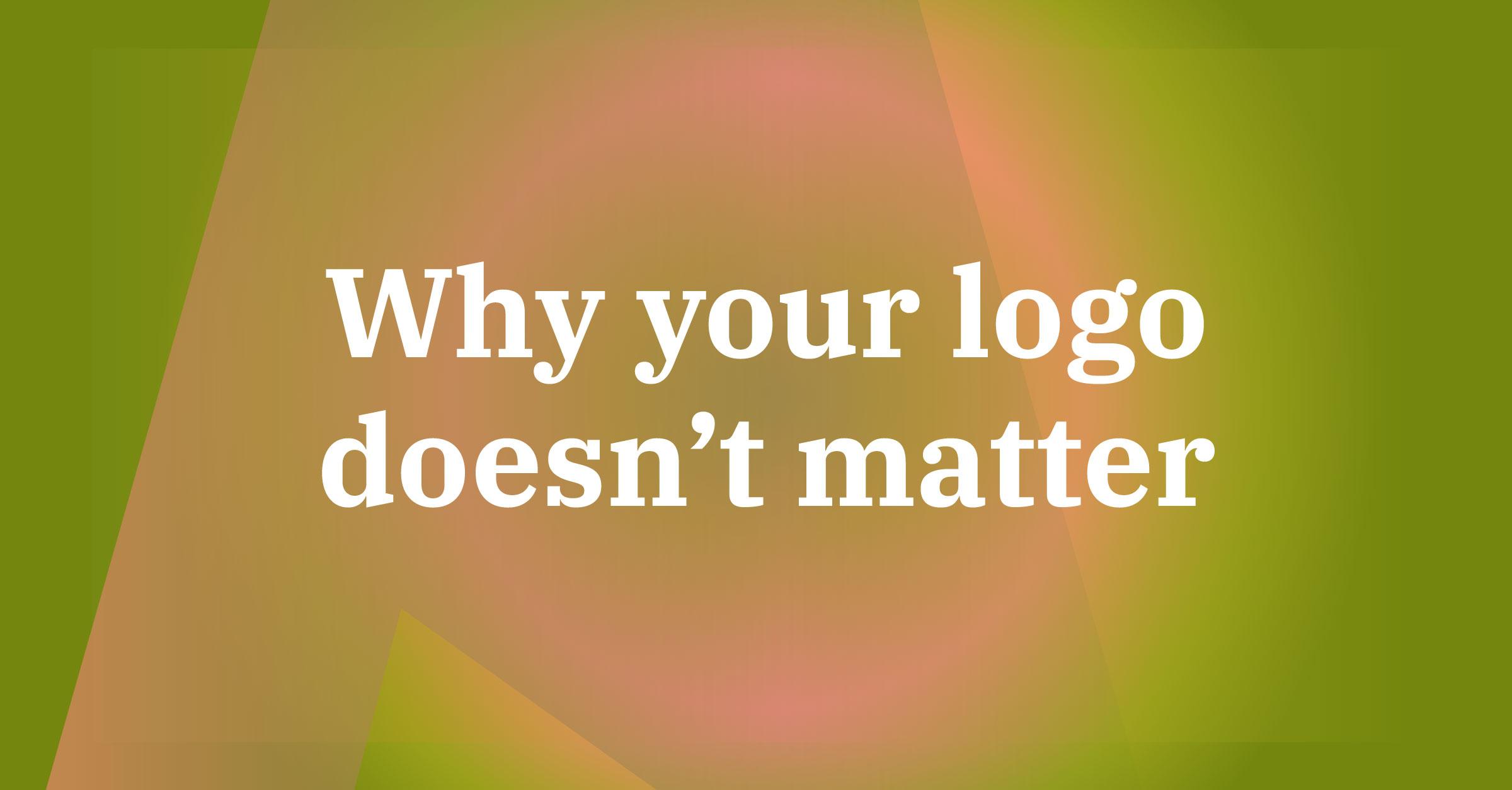
As a company starting a new business or perhaps launching a new website or marketing campaign it’s one of the first things you’ll be thinking about.
What type of logo should you use?
It’s an important thing to consider and can involve a lot of back and forth between the designer and client. After all, your logo will be used again and again on every platform your business operates on, on every piece of marketing material your company produces, and it will be used to build your brand, reflect its values and instil trust. It’s a big task and therefore needs prioritising above all else.
Except, that’s where so many companies get it wrong. Your logo isn’t representative of your business’ values and ethos (and yes, you’re hearing this from a graphic designer!).
You see, your logo is ultimately the end product or surface layer of everything else your company is about. In order to get your logo right, you first need to uncover all the nitty gritty beneath it; the challenges your business faces, the values it stands for, the brand it represents.
Focus on the fundamentals
Before you do anything else, ask yourself some key questions about your business.
Who is your company?
What does it stand for?
These are big, seemingly-generic questions but actually if you can really get to the bottom of these answers, a lot of the challenges you might be dealing with around your brand will start to fall away. And that logo will get that bit easier to design too!
Many businesses fail to get this bit right and overlook the process, largely because there’s a common misconception out there that your logo is your brand. Here’s the thing; your logo doesn’t represent the reputation of your company, that’s down to the brand itself.
Take, for example, P&O Ferries. They hit the headlines a few months ago, when 800 staff were sacked in an instant, seemingly out of nowhere and in some cases by video call or text message. Their reputation was trashed, the company’s value dropped and the simplistic but striking logo with recognisable colours really had nothing to do with it!
Similarly, Pret a Manger suffered a reputational disaster not so long ago when a customer had a severe allergic reaction to a sandwich ingredient that hadn’t been flagged on the food label. Customer trust really declined in the brand and a lot of money had to be ploughed into trying to rebuild that trust and reputation to prevent falling profits. But how much of that was to do with their logo?
So, why bother with a logo?
Despite all this, there’s no doubt about it – logos are important and they do play a big part in building your brand identity.
And really that’s the key word here. Logos are all about your brand identity and when they work well they are incredibly effective in enabling customers to recognise your brand and connect that recognition with feelings of trust and reliability that might have been built up via previous customer touchpoints at various different times.
Think about the famous Nike swoosh. Would that logo mean anything to you had you not already bought a pair of trainers from them or watched your favourite athlete win trophies in their clothes?
Logos can simultaneously reveal brand identity, advertise across different mediums and platforms, and facilitate brand loyalty which makes them exceptionally useful tools to help sell your product or service to a wider market.
The key to all this is making sure you do it the right way around; your logo should be one of the last things you come to, only after you’ve figured out who your company is and what it stands for.
Once you’ve grasped a great understanding of that, an effective logo will be the thing that ties everything together to act as the face of your brand and build your visual identity.
If you’re looking at ways of making your business more attractive, recognisable and ultimately sellable, I’d love to hear from you. I relish the opportunity to get to know new businesses and the story behind the brand, so if you’d like a few tips or advice my door is always open.